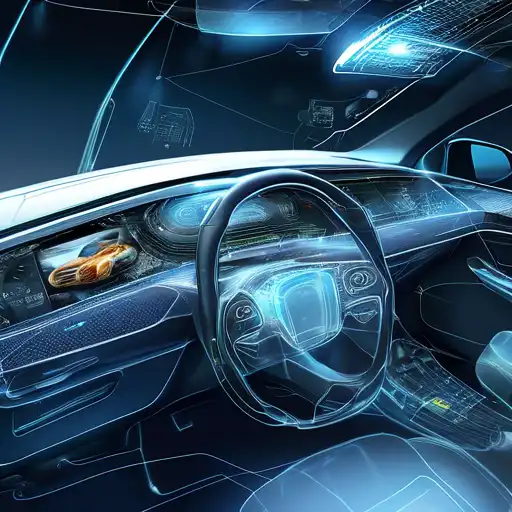Introduction to Embedded Systems in Automotive
Embedded systems have become the backbone of modern automotive engineering, driving innovations that enhance safety, efficiency, and user experience. These specialized computing systems are designed to perform dedicated functions within larger mechanical or electrical systems, making them indispensable in today's vehicles.
The Role of Embedded Systems in Enhancing Automotive Safety
Safety is paramount in the automotive industry, and embedded systems play a critical role in achieving it. From advanced driver-assistance systems (ADAS) to anti-lock braking systems (ABS), embedded systems ensure that vehicles are not only smarter but also safer. These technologies rely on real-time data processing to make split-second decisions that can prevent accidents and save lives.
Innovations Driven by Embedded Systems
The automotive sector is witnessing unprecedented innovation, thanks to embedded systems. Features like autonomous driving, electric vehicle (EV) management systems, and connected car technologies are becoming standard, offering a glimpse into the future of transportation. These advancements are not just about convenience; they're about redefining mobility.
Challenges and Solutions in Automotive Embedded Systems
Despite their benefits, embedded systems in automotive applications face challenges such as cybersecurity threats and the need for high reliability. Manufacturers are addressing these issues through robust encryption methods and fail-safe mechanisms, ensuring that these systems are both secure and dependable.
Future Trends in Automotive Embedded Systems
The future of automotive embedded systems is bright, with trends like vehicle-to-everything (V2X) communication and AI-driven diagnostics on the horizon. These technologies promise to make vehicles more interconnected and intelligent, further enhancing safety and efficiency on the roads.
Embedded systems are at the heart of the automotive industry's transformation, offering solutions that are not only innovative but also essential for the safety and efficiency of future vehicles. As technology evolves, so too will the capabilities of these systems, paving the way for a new era of automotive excellence.
